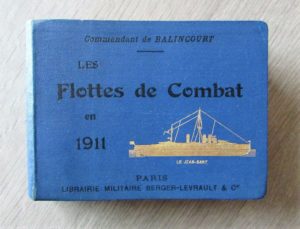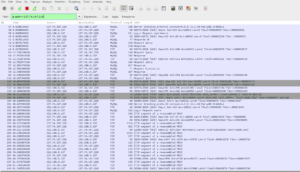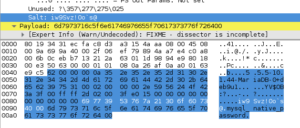Posted on 02 mai 2025.
Ha Carmel Market, on pourrait y passer la journée… toutes les senteurs de l’Orient (y compris parfois les dérivés d’ammoniaque).

Ha Carmel Market
Après un petit footing pas si matinal que ça. Va falloir se lever plus tôt pour avoir moins chaud.
On attend la petite boulange qui arrive d’Amsterdam.
Shabbat shalom.
Posted in Inclassable, Israël
Posted on 10 décembre 2023.
Sans Glenn Greenwald ni Laura Poitras.
Y’a du taff. 10 ans loin du sujet
Posted in Inclassable
Posted on 04 janvier 2022.

Les Flottes de Combat 1911
Posted in Inclassable
Posted on 10 mai 2021.
CyberCampus Aka Le Village d’Asterix
https://www.nolimitsecu.fr/campus-cyber/
EPITA
CAPP GEMINI
THETRIS
YESWEHACK
GATEWATCHER
BNP
CREDIT MUTUEL
HERMES
ARCELOR
Futurs projets locaux :
Attendons cyberCampus II au vert en IDF
-Hauts de France
-Rhône Alpes
-Pays de Loire
-Bretagne (traitement des données sensibles)
Pas galerie marchande mais showroom, boîte à PoCs => je n’y crois pas trop …
Posted in Inclassable
Posted on 08 mars 2021.
https://pastebin.com/0RLZuSa9
Posted in Inclassable
Posted on 26 novembre 2020.
Posted in Inclassable
Posted on 28 mai 2020.
Allez hop, soyons fou, j’ai trouvé ce jour un exemplaire de Flottes de Combat 2008. Recherche les années 1918 à 1924 et 1927 … et puis on sera pas mal

Flottes de Combat 2008
Posted in Bâtiments, Inclassable, Marine
Posted on 17 avril 2020.
[SNAFU] When commenting out the ssl/tls config part in my my.cnf file [client] part I can see « mysql traffic » while logged whith a user that does not require SSL => OK
When activitating ssl/tls part config I can’t see anymore « mysql traffic » when logging in whith a user that does not require SSL/TLS => weird, no ?

image capture wireshark mariaDB
No ! After somme times and a few searches

une pincée de sel ?
Posted in Inclassable
Posted on 01 avril 2020.
Juste besoin de cet execellent passage de Wikipedia (20200401)
RSA (Rivest–Shamir–Adleman) is one of the first public-key cryptosystems and is widely used for secure data transmission. In such a cryptosystem, the encryption key is public and distinct from the decryption key which is kept secret (private). In RSA, this asymmetry is based on the practical difficulty of factoring the product of two large prime numbers, the « factoring problem« . The acronym RSA is the initial letters of the surnames of Ron Rivest, Adi Shamir, and Leonard Adleman, who publicly described the algorithm in 1977. Clifford Cocks, an English mathematician working for the British intelligence agency Government Communications Headquarters (GCHQ), had developed an equivalent system in 1973, which was not declassified until 1997.[1]
A user of RSA creates and then publishes a public key based on two large prime numbers, along with an auxiliary value. The prime numbers must be kept secret. Anyone can use the public key to encrypt a message, but only someone with knowledge of the prime numbers can decode the message.[2] Breaking RSA encryption is known as the RSA problem. Whether it is as difficult as the factoring problem is an open question. There are no published methods to defeat the system if a large enough key is used.
RSA is a relatively slow algorithm, and because of this, it is less commonly used to directly encrypt user data. More often, RSA passes encrypted shared keys for symmetric key cryptography which in turn can perform bulk encryption-decryption operations at much higher speed.
Posted in Inclassable






